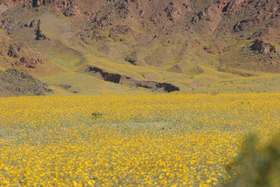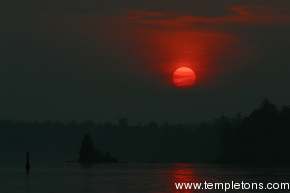Initial gallery of Panoramas of Australia up on the web
Submitted by brad on Wed, 2005-11-02 15:31I took a lot of photos in Australia, including of course, many panoramas. I've assembled some of the best panoramas.

You can see them in this gallery: Panoramas of Australia




 Death Valley normally gets 1.5" of rain a year, but this year it got over six, so we headed down the greatest spring wildflower show in 50 years and were not disappointed.
Death Valley normally gets 1.5" of rain a year, but this year it got over six, so we headed down the greatest spring wildflower show in 50 years and were not disappointed. I took a trip to Toronto in part to see the very rare transit of Venus over the face of the Sun. I was lucky enough to get some great photos.
I took a trip to Toronto in part to see the very rare transit of Venus over the face of the Sun. I was lucky enough to get some great photos.